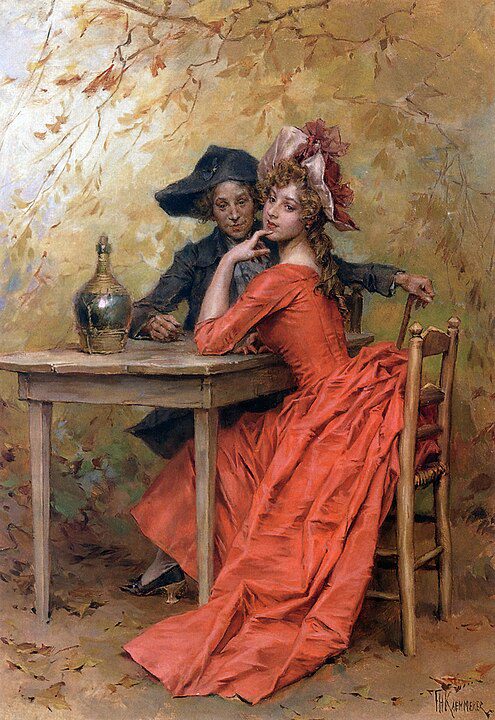
Frederik Hendrik Kaemmerer, a distinguished Dutch genre and portrait painter of the 19th century, left an indelible mark on the art world with his exquisite depictions of everyday life and captivating portraits. Born on January 26, 1839, in The Hague, Netherlands, Kaemmerer’s artistic journey unfolded during a dynamic period in European art, and his dedication to capturing the beauty of both the mundane and the aristocratic set him apart as a notable figure in the realm of academic painting.
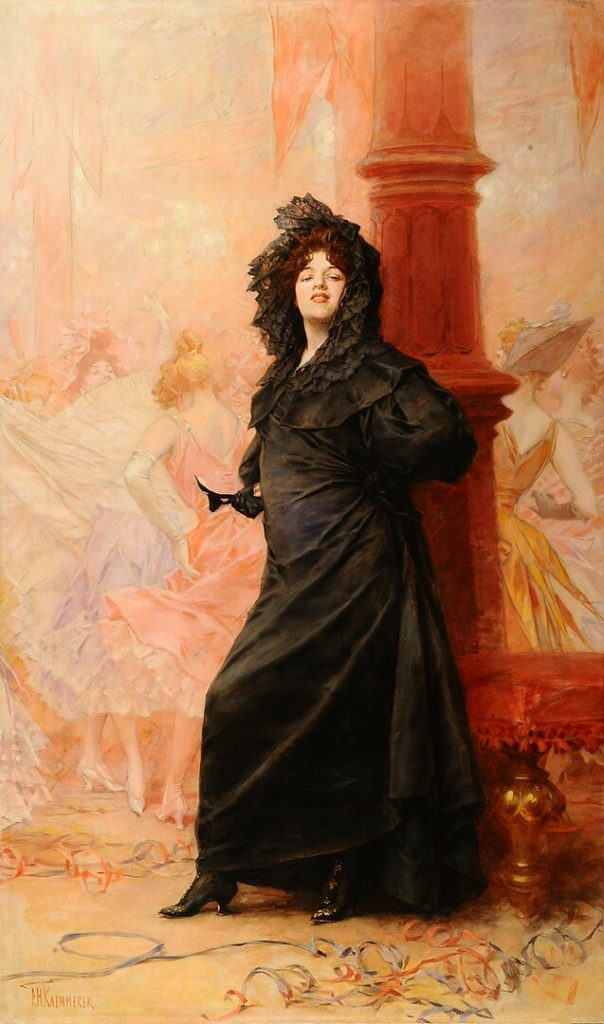
Growing up in The Hague, Kaemmerer’s early exposure to the rich cultural milieu of the Netherlands laid the foundation for his artistic pursuits. He displayed a natural talent for drawing, and his parents recognized and nurtured his artistic inclinations from a young age. In 1855, Kaemmerer enrolled at the Royal Academy of Art in The Hague, where he studied under the tutelage of renowned artists like Johannes Bosboom and Charles Rochussen.
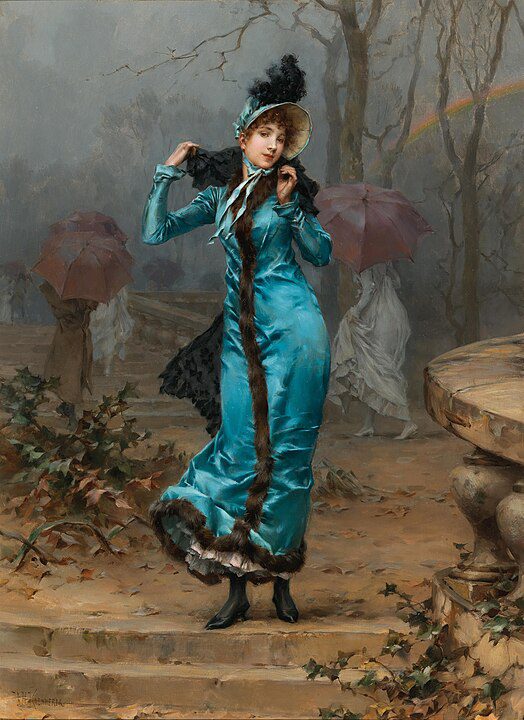
Kaemmerer’s early works reflected the influence of the Dutch Romantic tradition, characterized by a focus on landscape and historical scenes. His technical proficiency and keen eye for detail quickly garnered attention, setting the stage for a promising artistic career. His affinity for capturing the luminosity of Dutch light and the nuances of color became hallmarks of his style.
Parisian Sojourn
In 1865, Frederik Hendrik Kaemmerer embarked on a pivotal journey to Paris, a city that was the epicenter of the art world during the 19th century. His decision to study in Paris was a transformative one, as he immersed himself in the vibrant artistic community and the academic traditions of the École des Beaux-Arts.
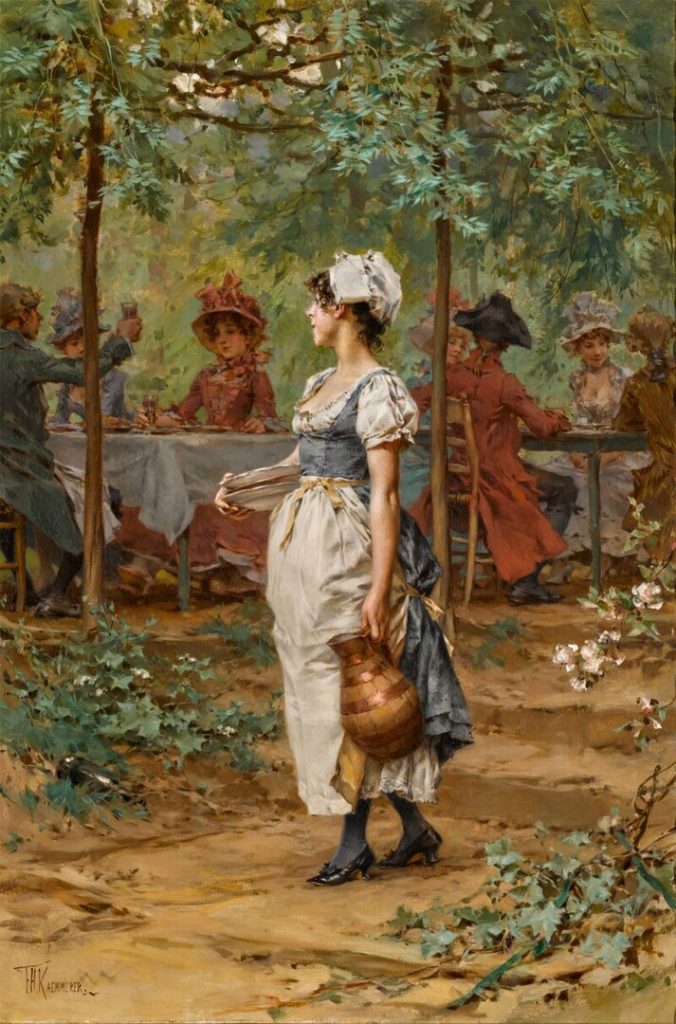
Under the guidance of influential masters like Jean-Léon Gérôme, Kaemmerer honed his skills in academic painting. The academic style, with its emphasis on historical and mythological subjects, became a significant influence on his work. Kaemmerer’s meticulous attention to detail, mastery of composition, and skillful rendering of fabrics and textures became distinguishing features of his paintings.
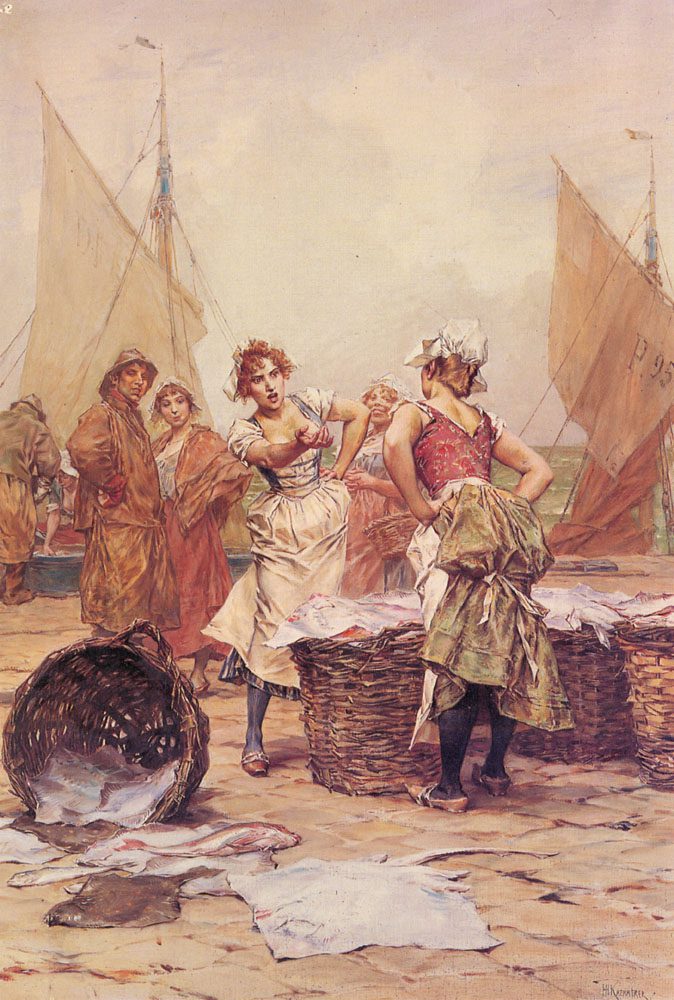
During his time in Paris, Kaemmerer established himself as a successful artist, earning accolades and recognition for his works. His paintings often depicted scenes of elegant figures engaged in leisurely activities, reflecting the influence of the French Rococo tradition. Kaemmerer’s ability to capture the grace and sophistication of his subjects resonated with art collectors and patrons, leading to the flourishing of his career.
Dutch Elegance in French Light
One of Kaemmerer’s notable contributions to the art world lies in his ability to seamlessly integrate Dutch and French artistic traditions. While he remained deeply connected to his Dutch roots, his exposure to the Parisian art scene infused his work with a certain cosmopolitan flair. The Dutch elegance of his subjects harmoniously coexisted with the radiant light and color palette characteristic of French academic painting.
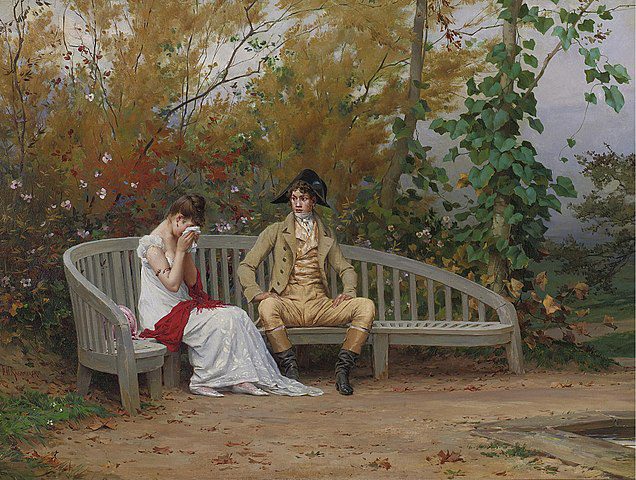
Kaemmerer’s fascination with scenes of elegant women in sumptuous attire became a recurring theme in his oeuvre. His genre paintings often depicted aristocratic women engaged in activities such as promenading, reading, or attending social gatherings. The meticulous rendering of fabrics, combined with the interplay of light and shadow, showcased his technical prowess and attention to detail.
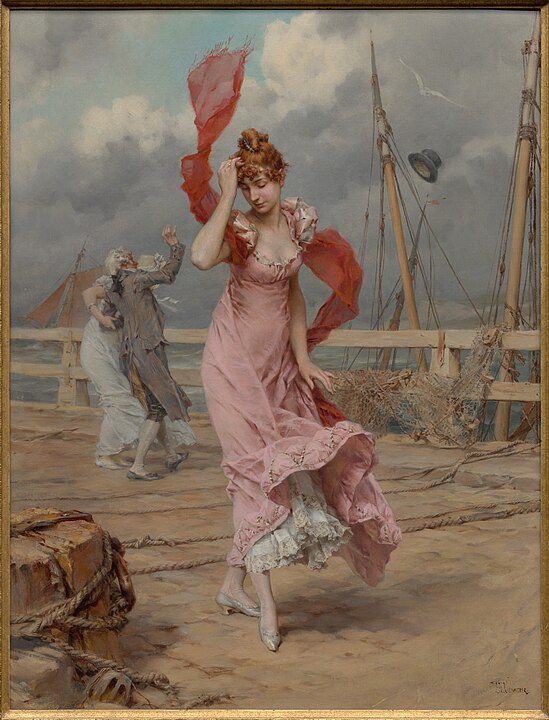
A quintessential example of Kaemmerer’s signature style is “An Elegant Soirée” (1880), a painting that encapsulates the refinement and sophistication of the Belle Époque. The scene, bathed in the soft glow of artificial light, captures the elegance of the social elite in a moment of leisure. The careful composition and nuanced use of color elevate the painting beyond mere genre scenes, creating a timeless portrayal of a bygone era.
Kaemmerer’s Artistic Contribution
Frederik Hendrik Kaemmerer’s impact on the art world extended beyond his lifetime. His works were exhibited in prestigious salons and garnered acclaim both in France and internationally. Kaemmerer’s ability to infuse his paintings with a sense of refinement and his meticulous attention to detail earned him a place among the prominent artists of his time.
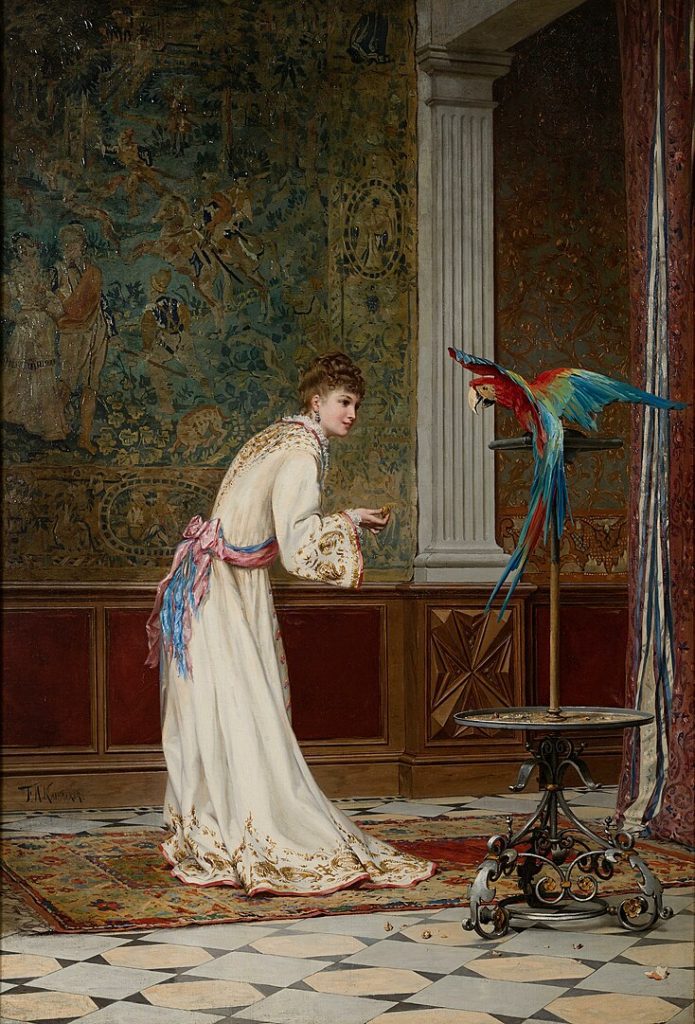
While his paintings celebrated the elegance of the Belle Époque, Kaemmerer’s legacy endured through his influence on subsequent generations of artists. His dedication to academic painting, coupled with a harmonious fusion of Dutch and French traditions, paved the way for the evolution of artistic styles in the late 19th century.
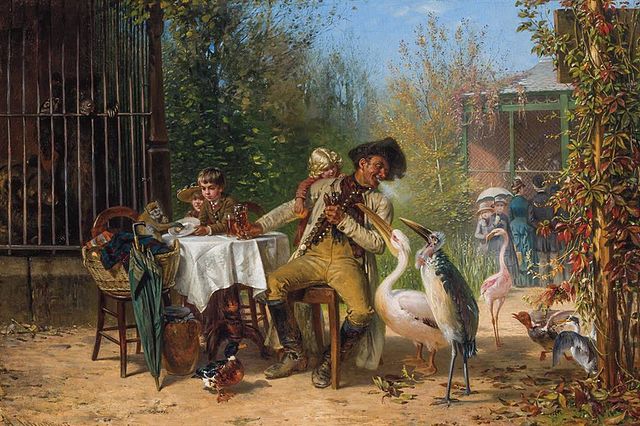
Today, Kaemmerer’s paintings can be found in prominent collections, including the Musée d’Orsay in Paris and the Rijksmuseum in Amsterdam. His ability to capture the essence of a bygone era, coupled with technical virtuosity, continues to captivate art enthusiasts and scholars alike. Frederik Hendrik Kaemmerer’s legacy remains a testament to the enduring allure of elegance and refinement in art, transcending cultural boundaries and capturing the imagination of those who appreciate the timeless beauty of the past.




